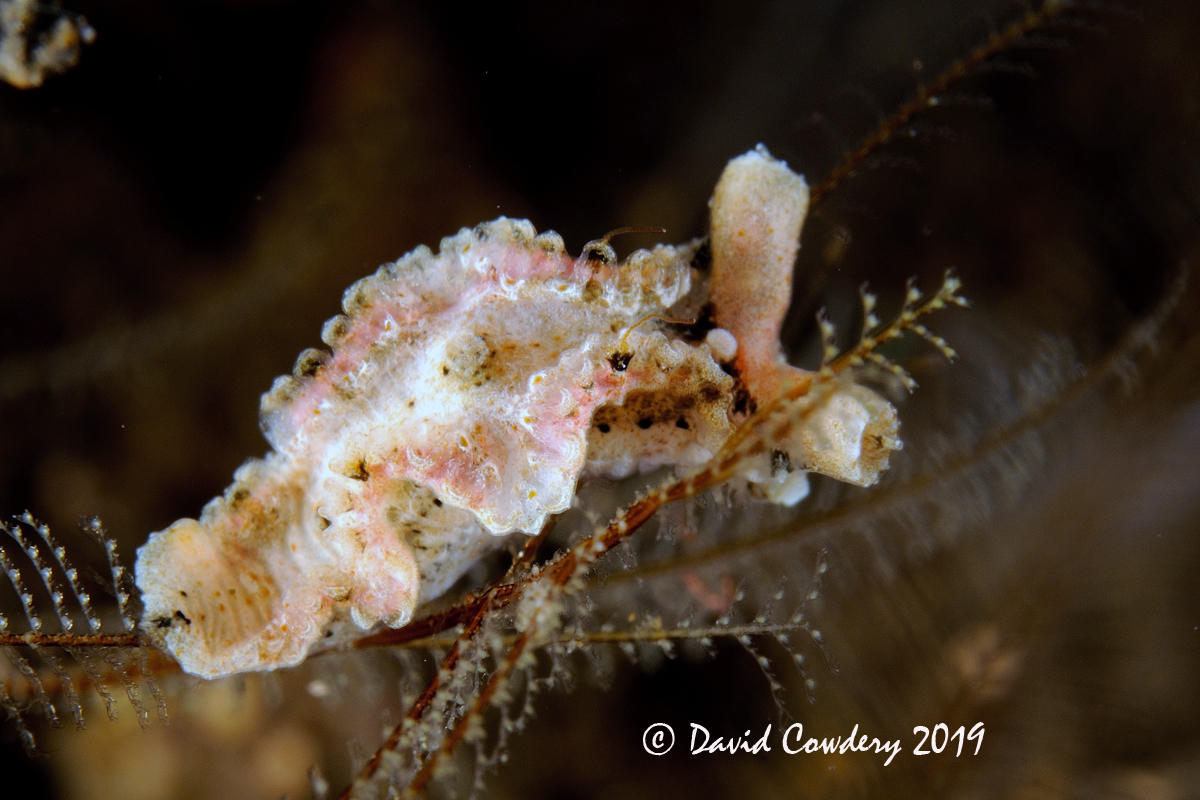 |
Image courtesy of David Cowdery
Tekno Reef in Sangeang, Indonesia
Well apparently our last two BOW's featuring undescribed Lomanotus have stirred a little interest among a couple of you. Hopefully the group at California Academy of Sciences will attack the pile of undescribed species in this genus. In the Indo-Pacific only Lomanotus vermiformis (Courtesy of Bill Rudman's Sea Slug Forum) has been named.
Members of this small genus have a series of lobed appendages along the dorsal margin which function as gills. The shape and arrangement varies greatly between species. All feed on hydroids. Lets cam a few here.
The species shown above is cream colored with short pinkish colored lateral appendages. This species has a series of black spots on the hyponotum. Note this species is not in NSSI 2d Ed.
Photo by David Cowdery
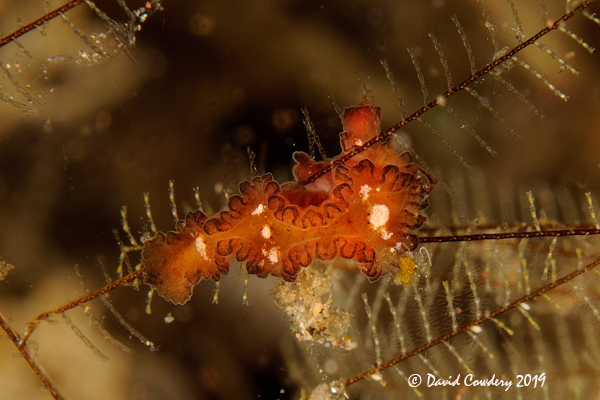 |
Philippines and Sangeang, Indonesia.
|
Photo by Jim Anderson
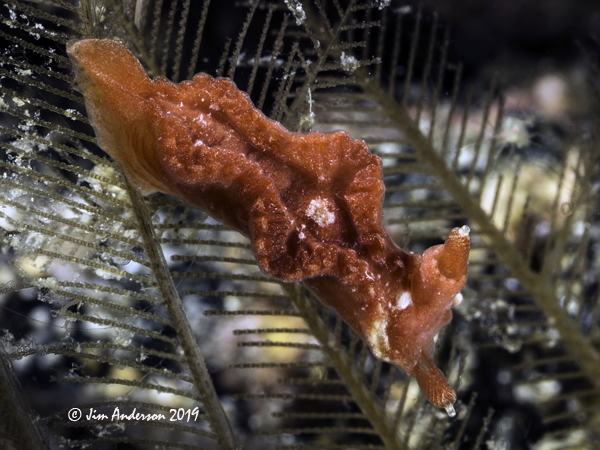 | Another orange-red species with white markings, but the lateral appendages are totally different. Could just be variation, but who knows. Milne Bay, Papua New Guinea. |
Photo by David Cowdery
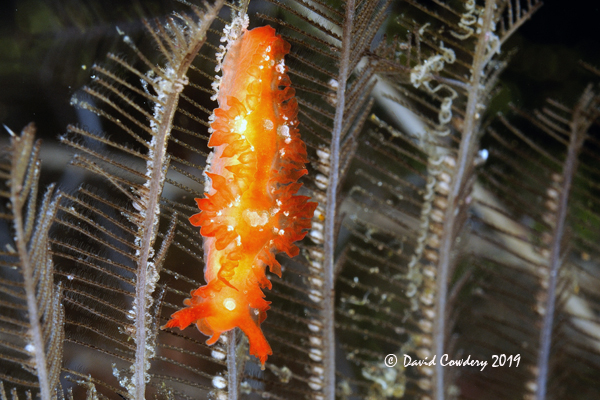 |
|
Photo by Jim Anderson
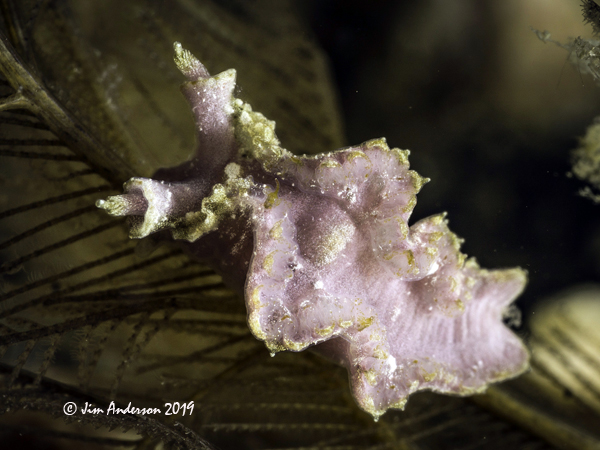 | Another new Lomanotus not in NSSI 2d Ed. This beauty is light purple with a flattened dorsum, the lateral appendages pointing outward. They are slightly rounded, with a small point on top. This species has an interesting ruffle behind the purplish rhinophores. Milne Bay, Papua New Guinea. |
Photo by Jim Anderson
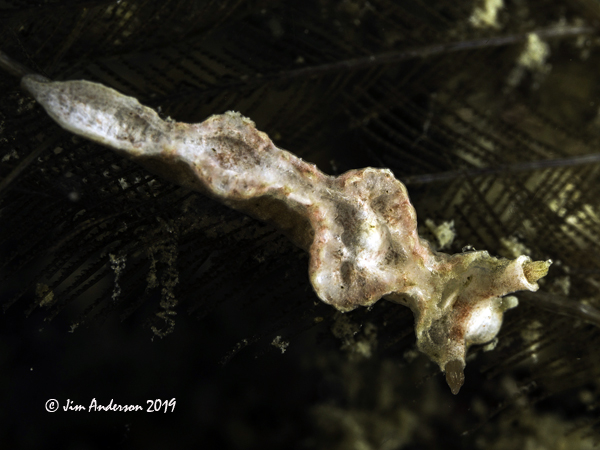 | And they just keep coming. This is an elongate species could be Lomanotus sp. 2 in NSSI 2nd Ed. The coloration matches as do the lobes behind the rhinophores. Milne Bay, Papua New Guinea. |
Photo by Jim Anderson
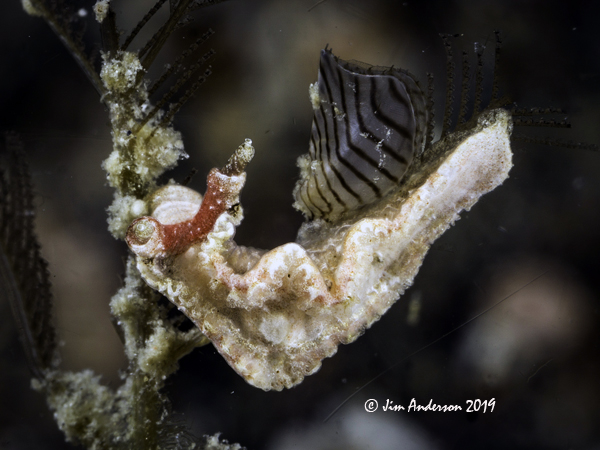 | Also not in NSSI 2nd Ed, the lateral appendages are also not descernable. The handsome rhinophores have white specks. Milne Bay, Papua New Guinea.
|
Photo by David Cowdery
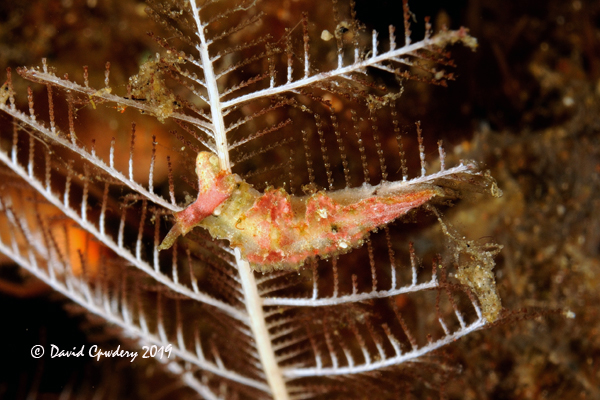 |
|
Well I think you get the idea. Quite a display of variation here, and all undescribed. Hope someone is working on them. Need specimens guys.
Dave Behrens
Sammamish, WA 98074
May., 2019
Send Dave Behrens email at davidwbehrens@gmail.com
Send Dave Cowdery email at divec@ozemail.com.au
Send Jim Anderson email at jander4454@gmail.com

Attention all you Sluggers, and you know who you are! The NSSI 2nd edition is now available in ebook PDF and book form . The hard back version will become available Nov. 1st. Both will cost $65 (individually). You will need to jump through a few hoops to get the electronic version as pdf distribution is protected by Adobe ID!! Please read the following to enable reading your electronic purchase! This new 2nd Edition is updated and reorganized, including 185 new species. Among other features, the new edition includes additional photographs of species, an identification key, and an up-to-date classification reflecting the latest evolutionary relationships. The Indo-Pacific represents the largest expanse of tropical ocean in the world, stretching from the Indian Ocean coast of southern Africa and the Red Sea to the central Pacific of the Hawaiian Islands, Easter Island and the Marquesas. This region supports the most diverse marine fauna of any place in the world for most groups of marine organisms. The nudibranchs and sea slugs are no exception to this rule; there are about 3,000 described species of these organisms in the world and at least 40% of these have been found exclusively in the Indo-Pacific tropics. This book illustrates 2,138 Indo-Pacific nudibranchs and sea slugs, including many undescribed species.
|

|
